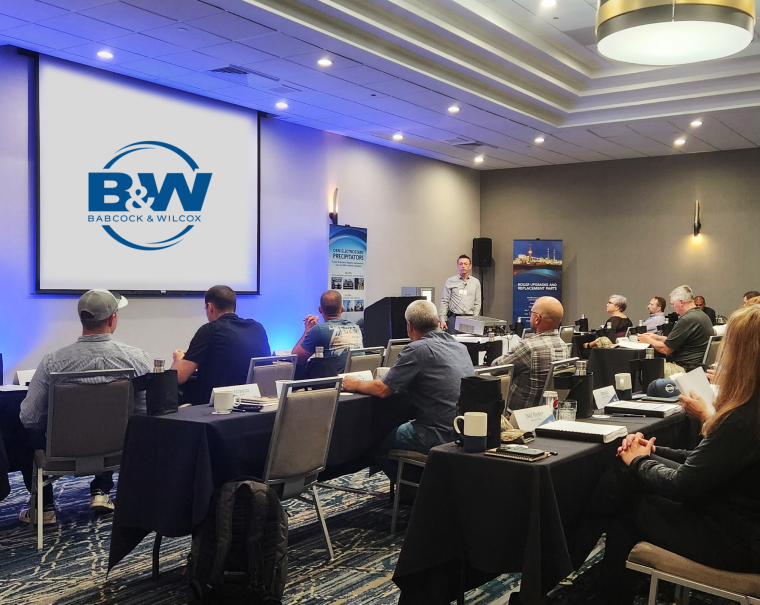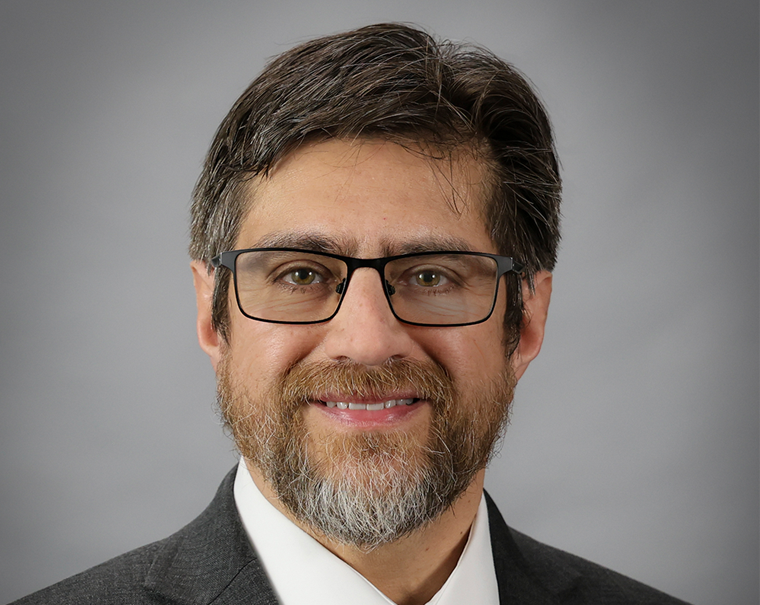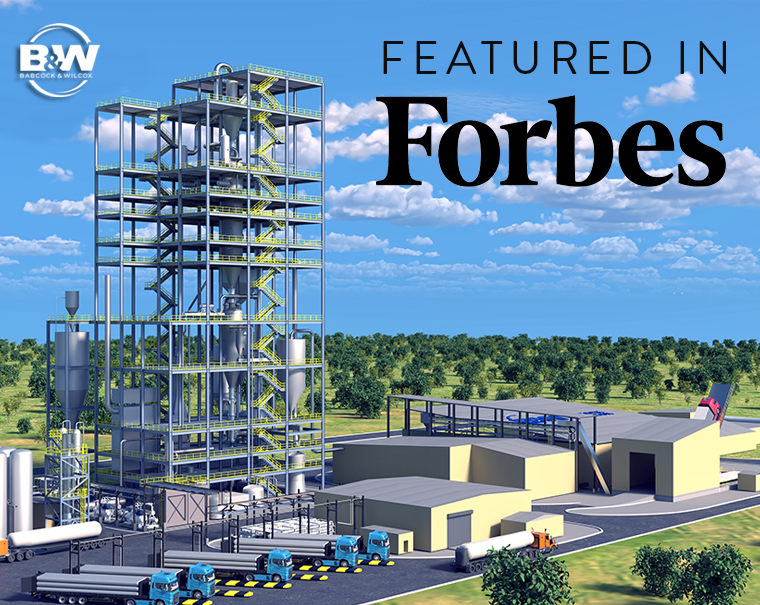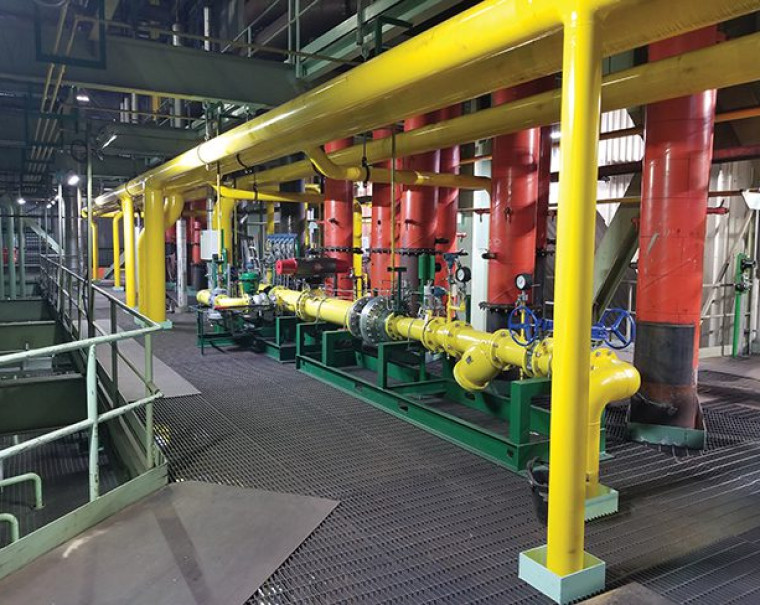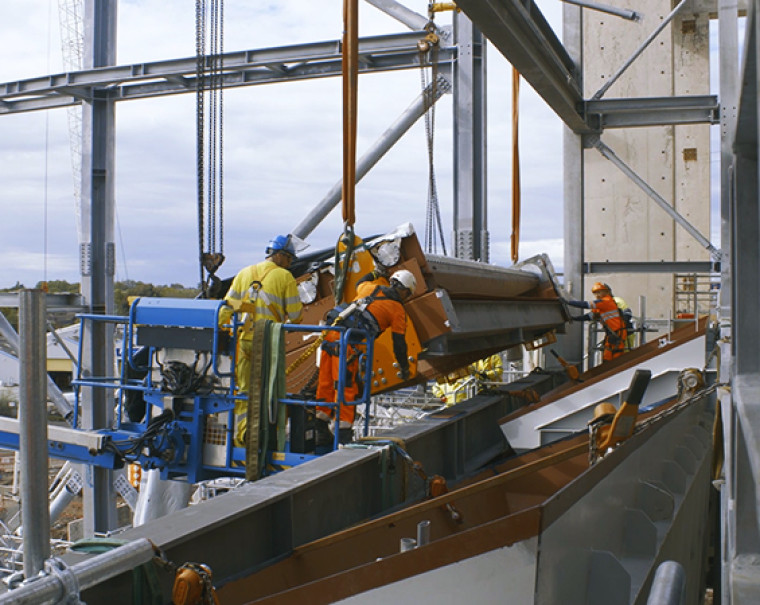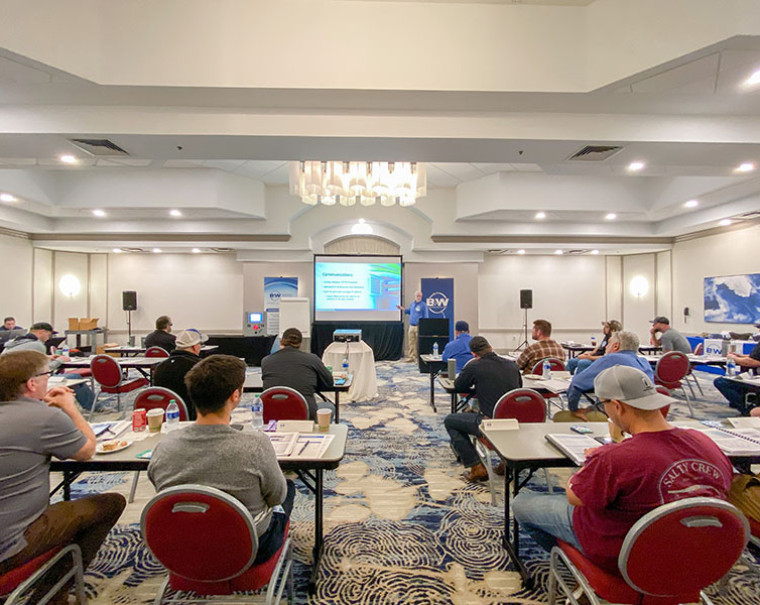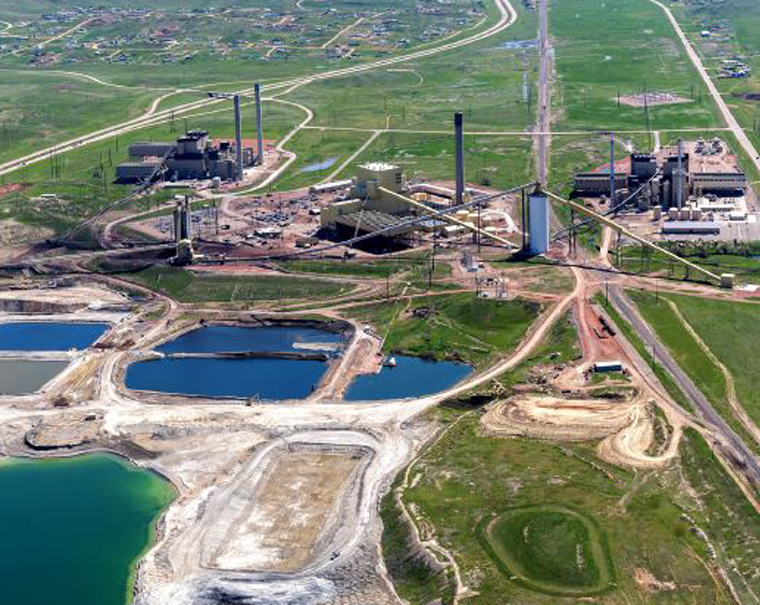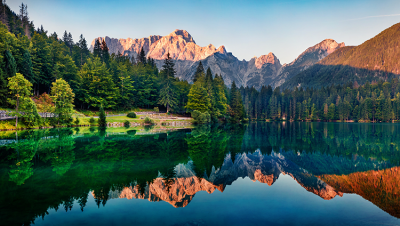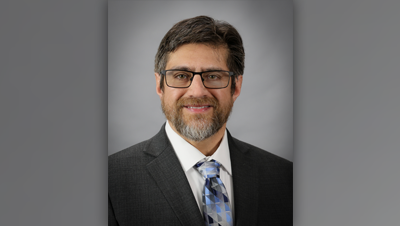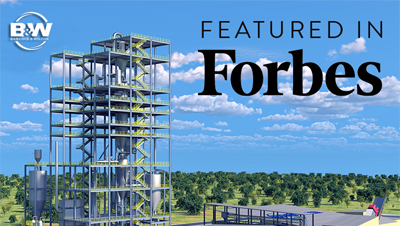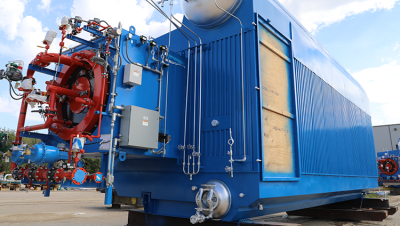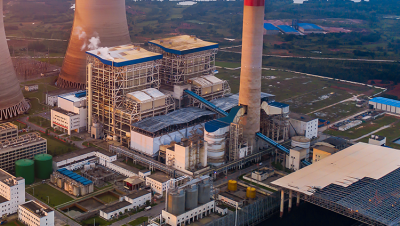Babcock & Wilcox exists to CO2llaborate with the singular focus to help customers create cleaner energy. We do this through proven decarbonization technologies, through our advanced emissions control equipment, and through engineering more efficient ways to harness the energy in a wide range of fuels. B&W is a leader, an innovator and an advocate for the reduction of greenhouse gases. We do so in three related segments:
B&W has expanded its offerings of technical training courses geared to industry professionals
